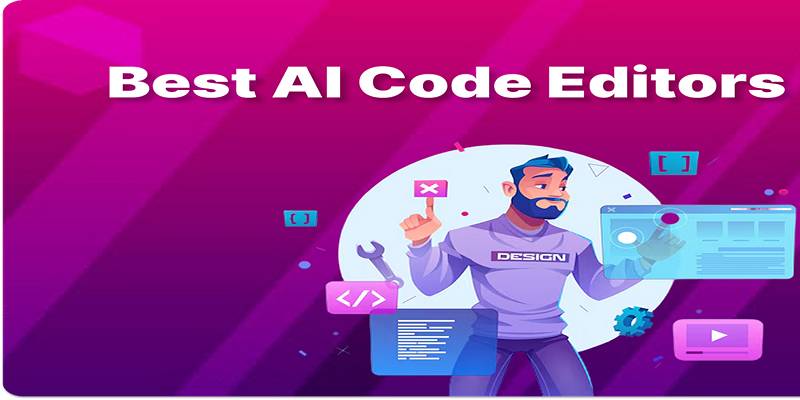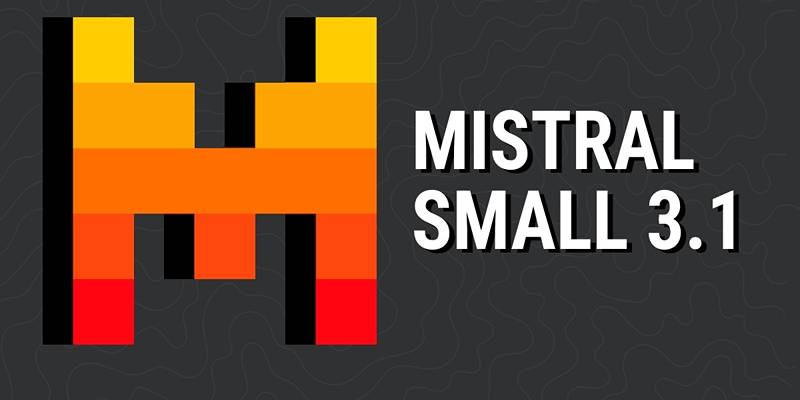Gone are the days when building an app meant hiring a dev team and burning a hole in your wallet. AI is changing the app-building game—faster, cheaper, and way easier (plus, lighter on the wallet!). Why this matters in 2025: AI-powered tools and platforms use no-code and low-code platforms. This change is revolutionizing app development. In this article, we’ll provide a breakdown of the seven best AI app builders, their strengths, and how they can help you create the next big thing.
1. Builder.ai – Best for Businesses Scaling Fast
This is a typical drag-and-drop AI-powered app builder. It’s also one of the best drag-and-drop website builders. The best part is… it also has pre-trained templates, which make it easy to just make your app pretty much in minutes using one of the existing templates.
Here are some of its key features:
- Generates code automatically using AI. All you need to do is feed it some prompts or templates.
- It integrates with popular app-building tools, allowing a smooth workflow.
- It supports enterprise scaling. Meaning, it’s perfect for businesses that are scaling fast and will need more stuff quickly (think more apps or features).
Who’s it a great fit for?
If your business is scaling faster than you could’ve ever imagined, this AI tool might be a great fit for you. The main reason is its scalability, coupled with its ease of use. You just need a good sense of UI/UX design, and you can “drag and drop” your way to apps faster than ever.
Pros:
Super scalable, perfect for fast-growing businesses.
Easy to use with its drag-and-drop and AI code writing feature.
Cons: High pricing for advanced features for businesses that are scaling.
2. Adalo – Best for Non-Tech Founders
If you don’t have a clue about what’s going on when someone’s building an app, this tool’s for you. You know… Whenever you see a string of code, you’re like, “What does this even mean?”
Adalo provides an AI-assisted, no-code app-building experience for web and mobile apps. Here are some of its key features:
- Visual editor: You get to see exactly how the app or web app will look once in action. No need for estimates or guesswork!
- AI-driven automation: Adalo wouldn’t make the list if it wasn’t about AI—it helps you make the whole process faster via automation using AI. So, all the tedious tasks are streamlined with the help of AI.
- Drag-and-drop simplicity: Adalo also provides a drag-and-drop building experience. Perfect for non-tech users.
Who it’s for:
Adalo is perfect for entrepreneurs who just want to test the waters of apps & web apps. Secondly, small businesses that want an easy-to-use AI-powered app builder can also turn to Adalo.
Pros: Great UI. Easy to use if you come from a non-tech background.
Cons: Limited backend flexibility since there aren’t many “advanced” features.
3. Bubble – Best for Advanced No-Code Development
Bubble combines two main aspects of app building that everybody loves and needs: customization and no-code. This AI-powered app development tool helps you build your favorite apps (exactly how you want them to be) without needing any prior coding experience.
Here are the key features of bubbles:
- AI-assisted workflows: no need for manually putting in the work.
- Full-stack app creation. Bubble is an “all-in-one” app-building tool
- API integration. You can connect various other tools with Bubble to make your building process easier.
Who it’s for: Advanced users wanting powerful no-code capabilities.
Pros & Cons: You have more control over the whole process. But with great customization comes great responsibility. The main con is the steeper learning curve.
4. Thunkable – Best for Mobile Apps

Want something that’s focused on mobile apps? Thunkable is the real deal. If you’re going to build mobile apps only, consider this AI-powered mobile app builder. Check out some of its key features:
- AI-driven mobile app builder (Android & iOS).
- Drag-and-drop for easy building. Requiring no coding knowledge.
- It has voice recognition for days you don’t want to type.
- AI-powered testing so you test things super fast.
Who it’s for: Thunkable is perfect for individuals and startups focusing on mobile-first applications.
Pros & Cons: The “mobile-optimized” caters perfectly for people building light mobile apps. But here’s the thing… You don’t get a lot of backend power.
5. OutSystems – Best for Enterprise Solutions
If you work on complex apps, chances are you need something with more than just “easy-to-use” drag-and-drop features. Sure, they’re helpful, but only for a certain demographic (think solopreneurs and small businesses). When it comes to complex enterprise apps, OutSystems might outwork everyone.
Key features:
- Workflow automation. All the tedious work becomes automated and much faster.
- AI-driven analytics. Exactly what you’re looking for. The data helps you see how everything fits into place.
- Enterprise-grade security. Perfect for large corporations making complex apps and wanting to keep things secure.
Who it’s for: Large businesses and IT teams needing high-performance AI solutions.
Pros & Cons: It provides excellent support for scalability, but the main con is that it’s not beginner-friendly.
6. Appgyver – Best for Progressive Web Apps (PWAs)
Appgyver is an AI-powered builder that specializes in progressive web apps (PWAs). If you’re looking for something that is “PWA-focused,” then Appgyver might be it.
Key features:
- AI-driven UI customization. Appyver keeps up with the latest UI changes.
- Low-code backend. So, even if your coding knowledge is a little weak, Appgyver has got you!
- PWA optimization. Great if you’re into progressive web apps.
Who it’s for: It’s great for expert developers who want a “web-first” app experience.
Pros & Cons: Again, its advantage is the PWA first approach, but it’s not ideal for the overall pool of developers who just want to build simple and native apps.
7. Glide – Best for Quick MVPs
Glide is a little different from all the other tools on the list. It’s an AI-assisted tool that turns Google Sheets into functional apps. Told you it was different.
Key features:
- Auto-design: You don’t have to sit there and wait for inspiration to come.
- Pre-built templates: Perfect if you want to start with something that’s already built.
- Fast deployment: No long wait times. Build fast, deploy fast. Test, adapt, and improve.
Who it’s for: Solopreneurs & small businesses looking for a super-fast MVP.
Pros & Cons: Fast and easy for simple apps. Not suitable for complex apps.
Conclusion

These seven tools are some of the best AI app builders in 2025. We have included one for every type of need—enterprise, mobile, web, no-code, and quick MVPs.
AI is not going to replace app development anytime soon. However, it will replace mediocre and slow work and make the jobs of developers a whole lot easier, making app development more accessible than ever.
Try a free trial or test an AI app builder to see what works for you.











